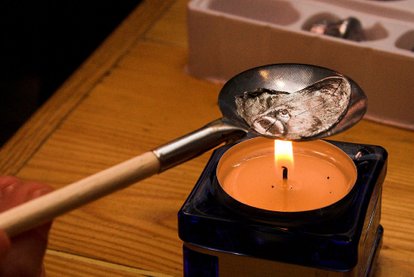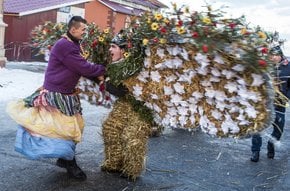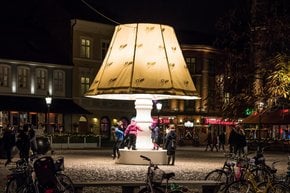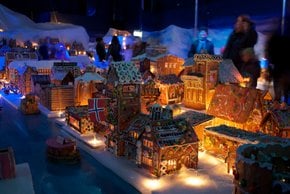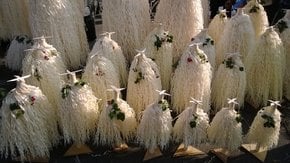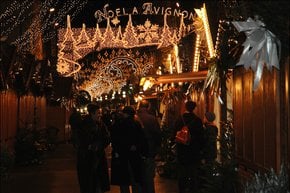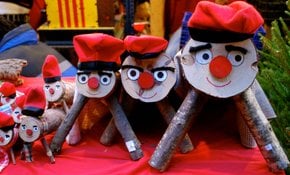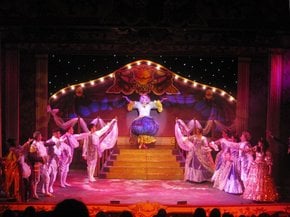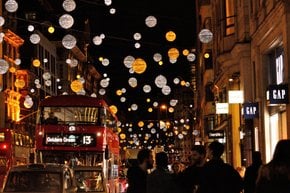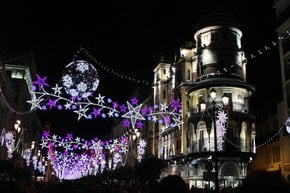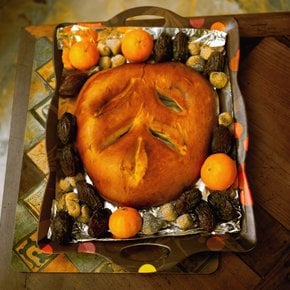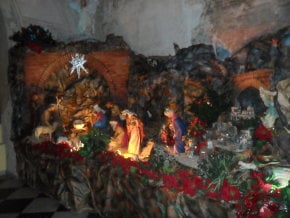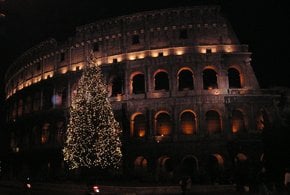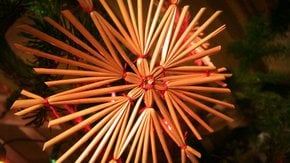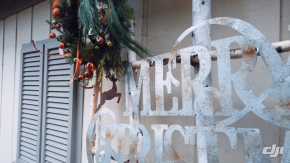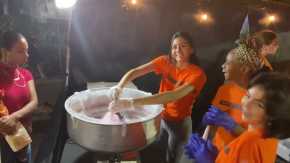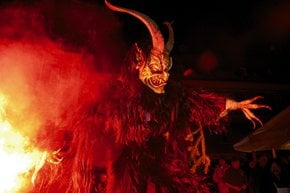Molybdomancy (Bleigießen) 2025-2026 in Austria
Magical fortune telling with a help of spoon and silver
Dates: late December
Molybdomancy, or Bleigießen, is a traditional fortune-telling ritual celebrated in Austria and other parts of Central Europe on New Year's Eve. This custom involves melting a piece of metal (nowadays, tin or wax) and dropping it into cold water to create unique shapes. These shapes are then interpreted to reveal potential insights into the coming year. As a festive activity for families and friends, Bleigießen has remained a popular way to ring in the new year with anticipation and curiosity.
Historical Origins and Significance
The roots of Bleigießen can be traced back to ancient Greece and Rome, where similar rituals were used to predict the outcomes of significant events, such as battles or harvests. Over time, this custom spread throughout Europe, becoming especially popular as a New Year’s Eve tradition. Originally, lead was the metal of choice due to its relatively low melting point, making it easier to work with in household settings. However, because of lead's toxicity, alternatives like tin and wax have become more common, allowing the tradition to persist in a safer form.
Tools and Materials Needed
A modern Bleigießen set typically includes a few simple items: a small spoon for melting the material, small pieces of tin or wax, a candle or small burner for heating, a bowl of cold water to cool and shape the metal, and a guidebook for interpreting the shapes. The metal or wax melts over a flame in the spoon until it liquefies, and then it's poured into the cold water, where it instantly solidifies into abstract forms. Families often use a guidebook to find potential meanings, adding a fun and imaginative layer to the process.
Interpreting the Shapes
Once the metal cools, participants examine the shapes it forms and may even hold them up to a candle to cast interesting shadows. Each shape can take on a symbolic meaning. For example, a heart might hint at love or a new relationship, an anchor might suggest stability, a boat may represent an upcoming journey, a ring might imply commitment, and a tree often symbolizes growth or abundance. These interpretations are intentionally broad, leaving room for individual creativity and personal meaning, bringing a lighthearted spirit to the tradition as families envision the year ahead.
The Transition from Lead to Tin or Wax
In the past, Bleigießen sets contained lead, as it was affordable and widely available. However, health authorities have raised concerns over the years about the risks of lead exposure, which can accumulate in the body and pose long-term health risks. The European Union enacted regulations in 2018 to limit the lead content in consumer products, effectively prohibiting traditional lead-based Bleigießen. As a result, safer alternatives like tin or wax are now used, offering a similar experience without the associated health hazards. Tin, in particular, has become the material of choice for many Austrians, as it melts at a manageable temperature and produces intricate, three-dimensional shapes upon cooling.
Alternative Fortune-Telling Customs
While Bleigießen remains popular, other fortune-telling practices are emerging as well. Wax pouring, for instance, has become a widely accepted alternative, although the shapes formed are often flatter and require more imagination to interpret. Some families even create edible "oracles" using dough dropped into hot oil, allowing for a tasty conclusion to the festivities. Others might draw colored gummy bears from a bag to answer simple yes-or-no questions, adding an element of fun and spontaneity to the celebration.
Cultural Legacy and Modern Appeal
Although the exact origins of Bleigießen are uncertain, its cultural legacy is clear. For many Austrians, the act of pouring metal into the water on New Year's Eve offers a meaningful way to connect with the past while envisioning the future. Whether one believes in the fortunes predicted or simply enjoys the artistry of the metal shapes, Bleigießen continues to be a cherished part of New Year’s celebrations.

